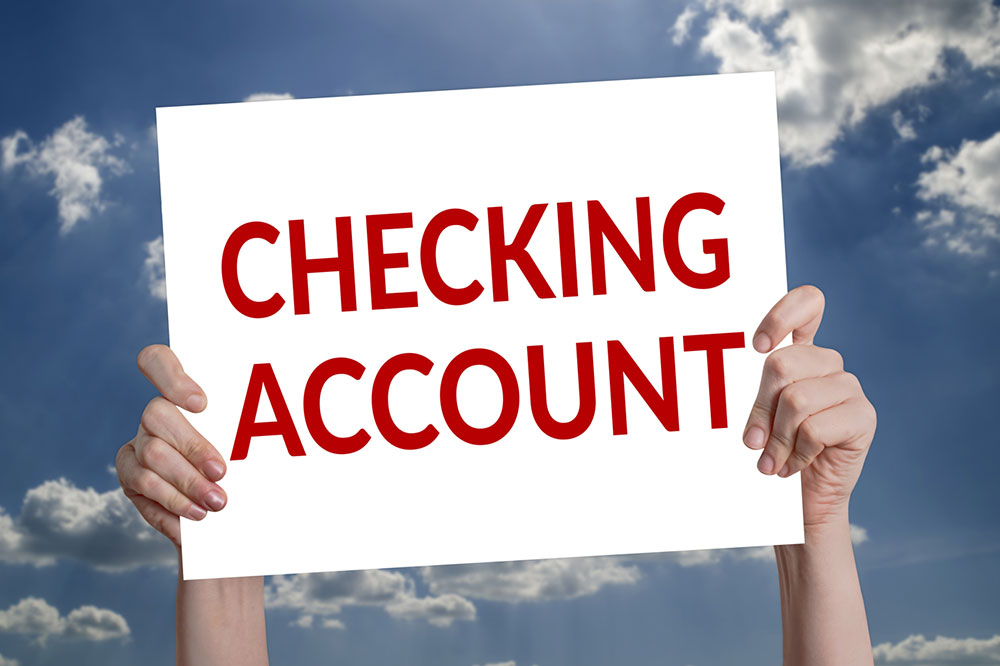Comprehensive Guide to How Credit Card Payments Are Processed
This comprehensive article explains the detailed process behindcredit card payments, including key steps like authorization and settlement, the roles of banks and networks, and security measures. Gain a clear understanding of how your transactions are processed from start to finish, enhancing your knowledge and confidence when using credit cards for purchases.

Understanding the Step-by-Step Process of Credit Card Transactions
Have you ever wondered what actually happens behind the scenes when you use your credit card to make a purchase? Many consumers see the charges on their statements but might not fully understand the intricate process that enables these transactions. This detailed guide aims to clarify how credit card payments are processed, from swiping your card at the checkout to the final settlement between banks. Grasping this process can help you better understand potential fees, security measures, and how your payments are managed.
The entire credit card transaction ecosystem involves several key players: the cardholder (you), the merchant or business where the purchase occurs, the merchant's bank (also known as acquiring bank), the cardholder's bank (issuing bank), and the major credit card networks such as Visa, MasterCard, and American Express. These entities work together seamlessly to facilitate smooth, secure, and quick transactions.
When you decide to pay using your credit card, the process begins at the point of sale (POS). You either swipe, insert, or tap your card on the payment terminal. Modern transactions often use contactless technology, where you simply hold your card near the terminal. The hardware and software used in payment terminals are provided or configured by the merchant's bank. Once your card details are captured, they are transmitted digitally through a secure channel to a payment processor.
This processor acts as an intermediary, forwarding your card information and transaction details to the issuing bank—the bank that issued your credit card. The issuing bank examines your account to verify whether you have sufficient credit or funds to complete the transaction. It also performs necessary security checks, such as fraud detection, to protect your account. If everything is in order, the issuing bank approves the transaction and sends an authorization response back through the same channels—via the credit card network—to the merchant's payment terminal. This approval signals that your purchase is confirmed, and the merchant can now provide you with the goods or services.
After obtaining authorization, the actual settlement process begins behind the scenes. At this stage, money is transferred from your bank to the merchant’s bank. Your bank debits your account—or increases your credit balance—by the purchase amount, while the merchant's bank credits its account accordingly. This process involves the credit card networks, which act as clearinghouses that facilitate the transfer of funds securely and rapidly. The issuer transfers the authorized funds to the acquirer's bank, and the merchant receives the payment.
It’s important to note that this process doesn't happen instantaneously; it usually takes a few seconds to a few days, depending on various factors. During settlement, additional fees may be involved, including interchange fees paid by the merchant's bank to the issuing bank, and processing fees collected by the acquiring bank. As a cardholder, you are responsible for reimbursing your bank for the total purchase amount, along with any applicable interest, fees, or charges as specified in your credit card agreement.
Understanding this entire process helps you realize the security measures in place, such as encryption and tokenization, designed to protect your sensitive information. Moreover, it provides transparency regarding potential charges, fees, and the timeline of your transactions. With digital innovations advancing rapidly, credit card processing has become faster, safer, and more efficient, ensuring your payments are handled smoothly whether shopping online or in-store.





